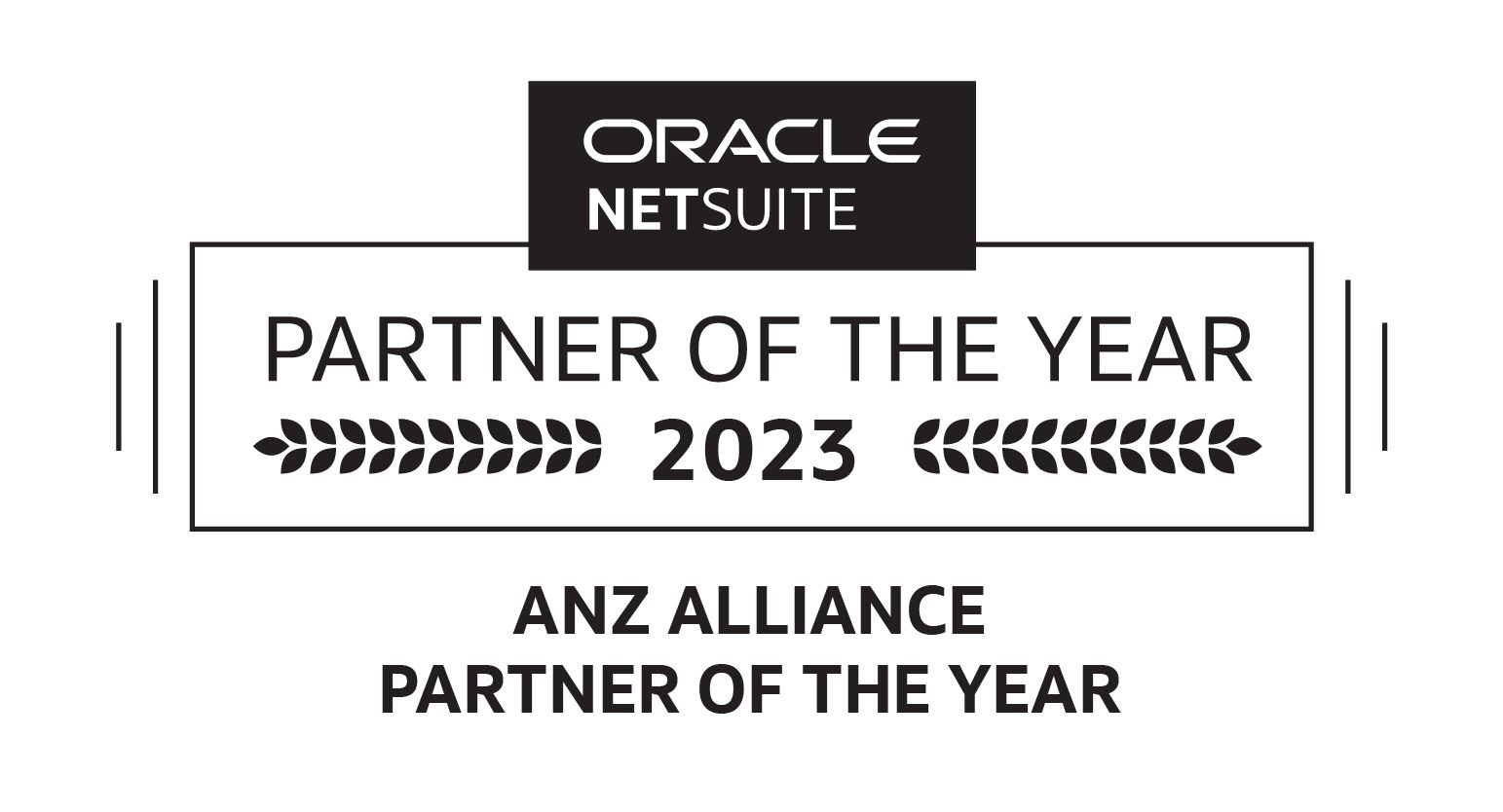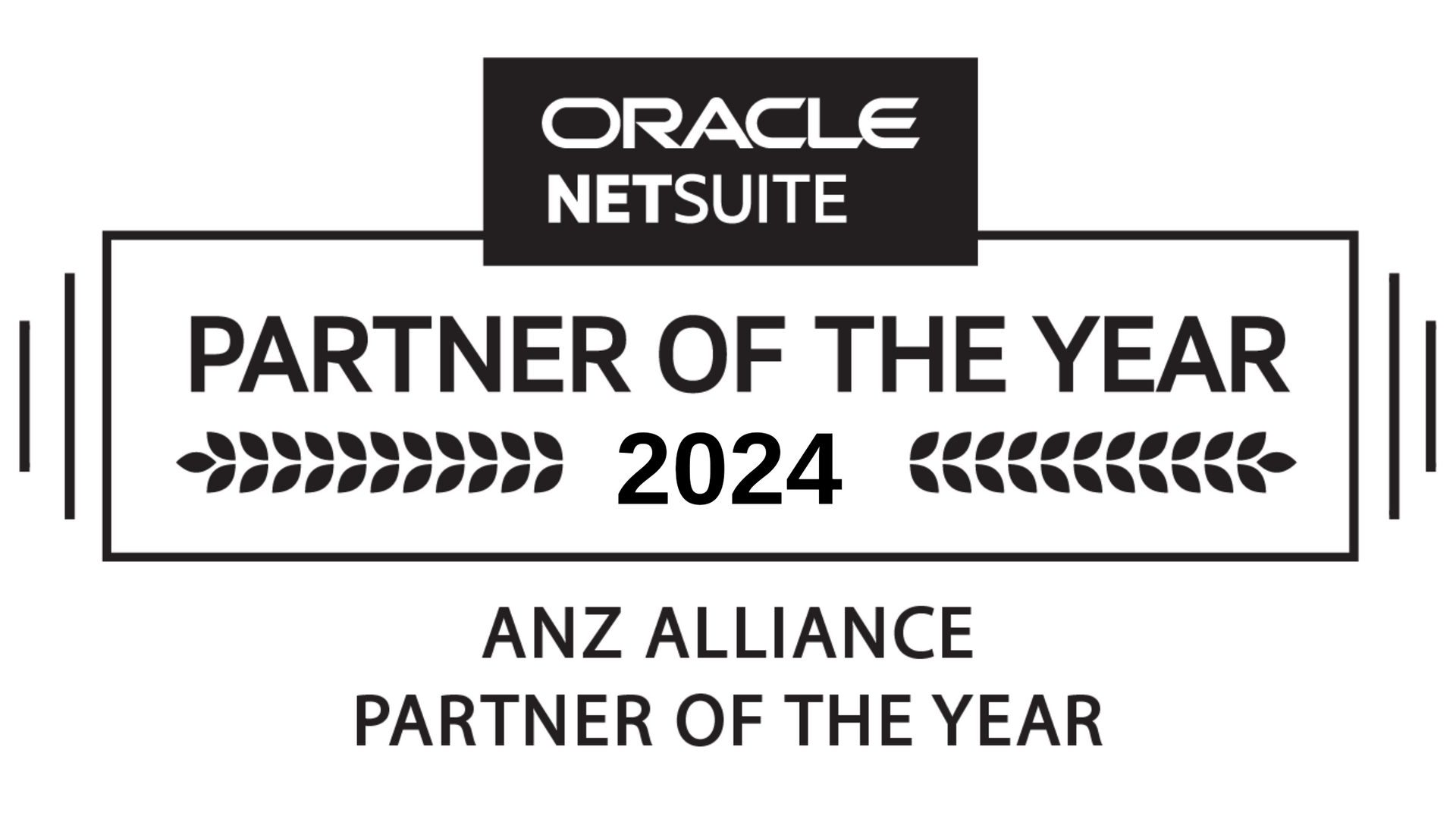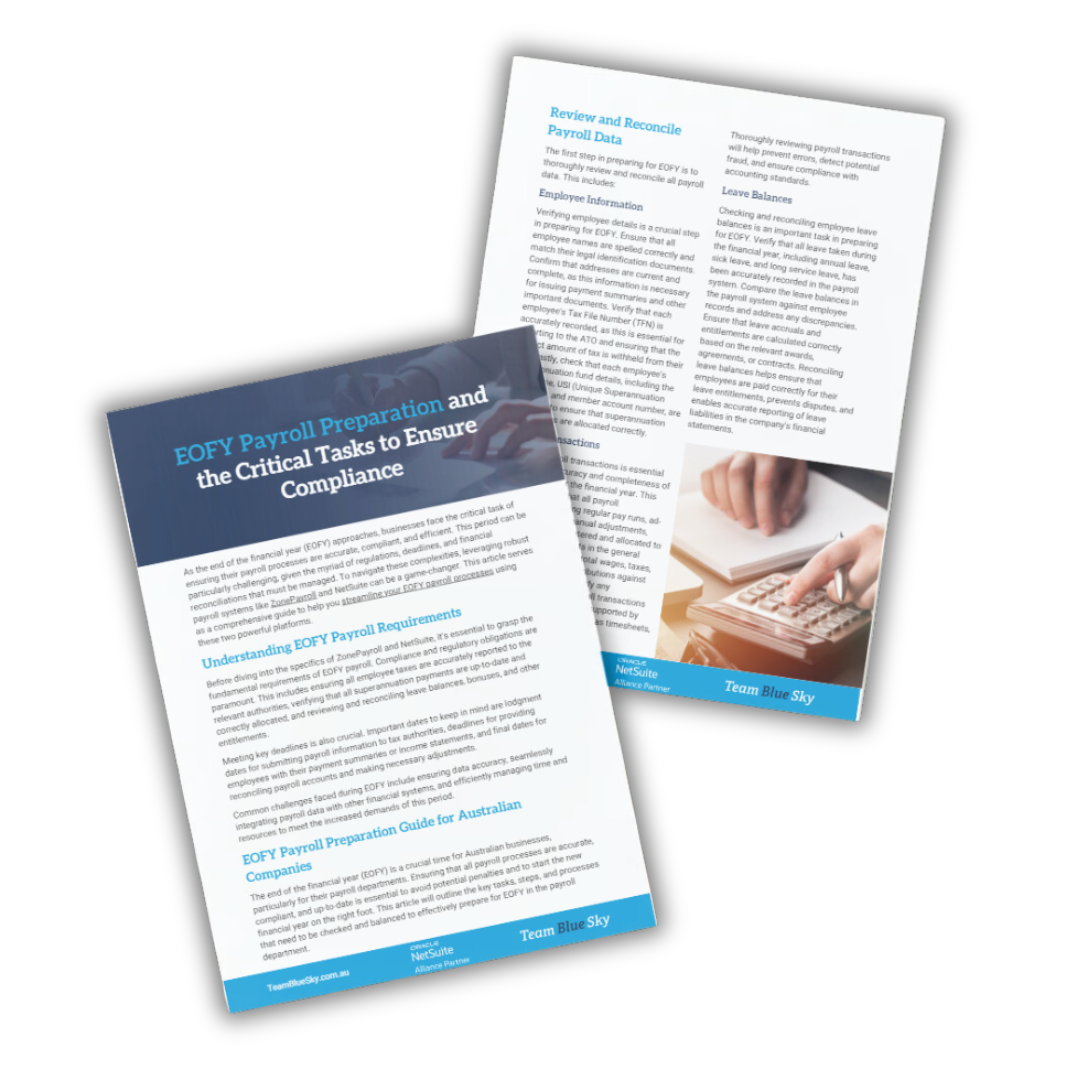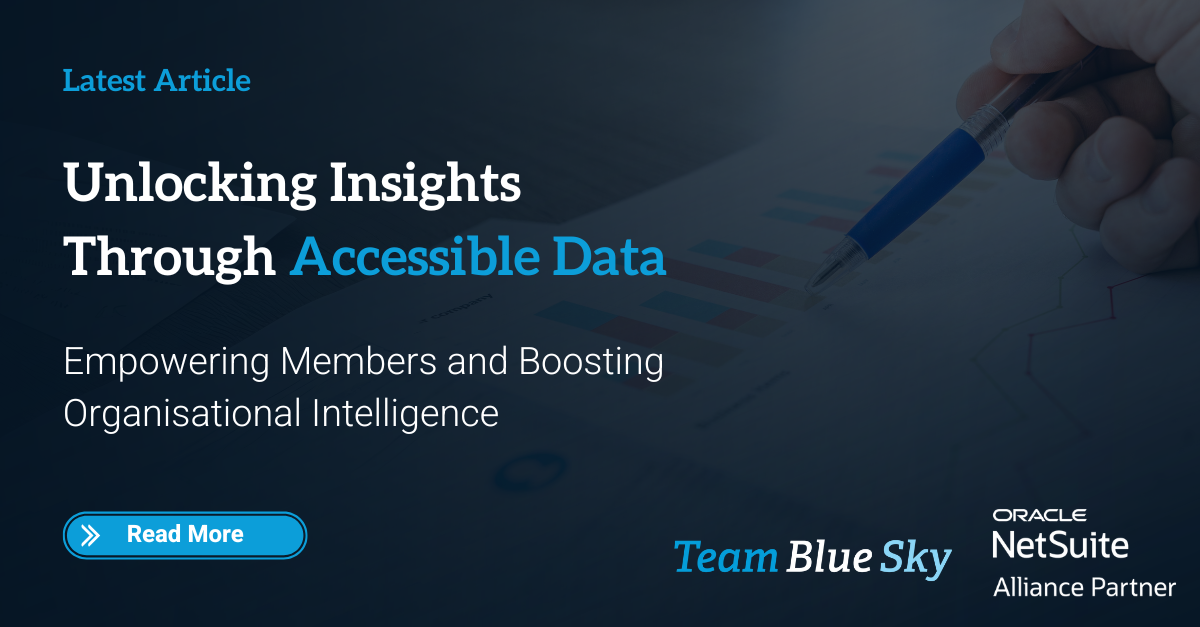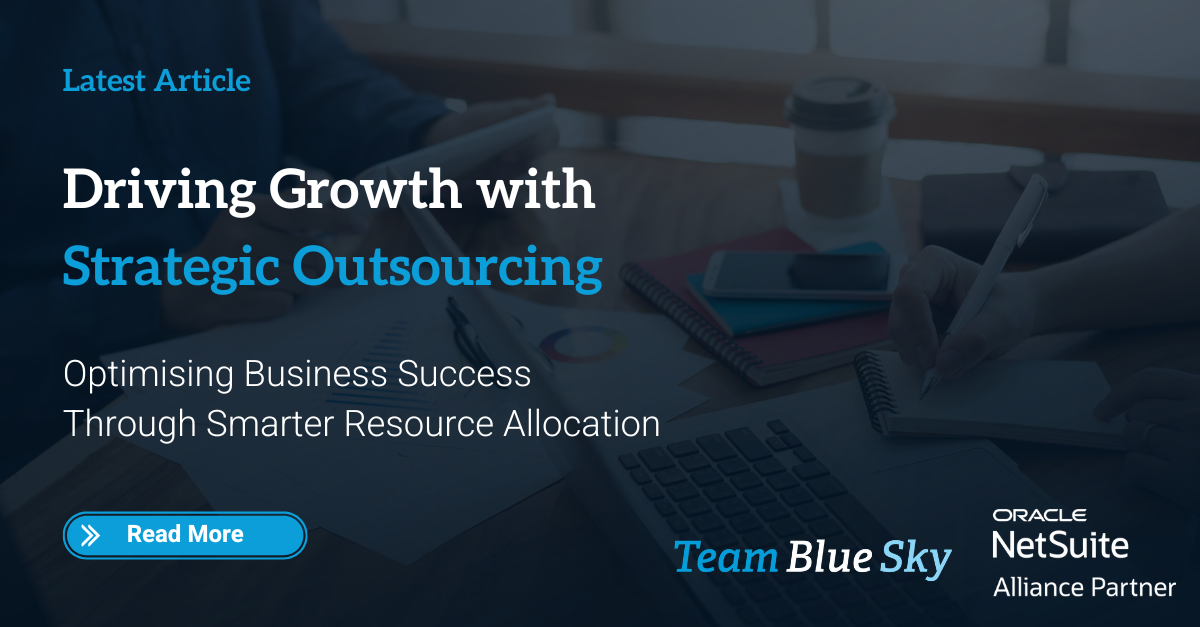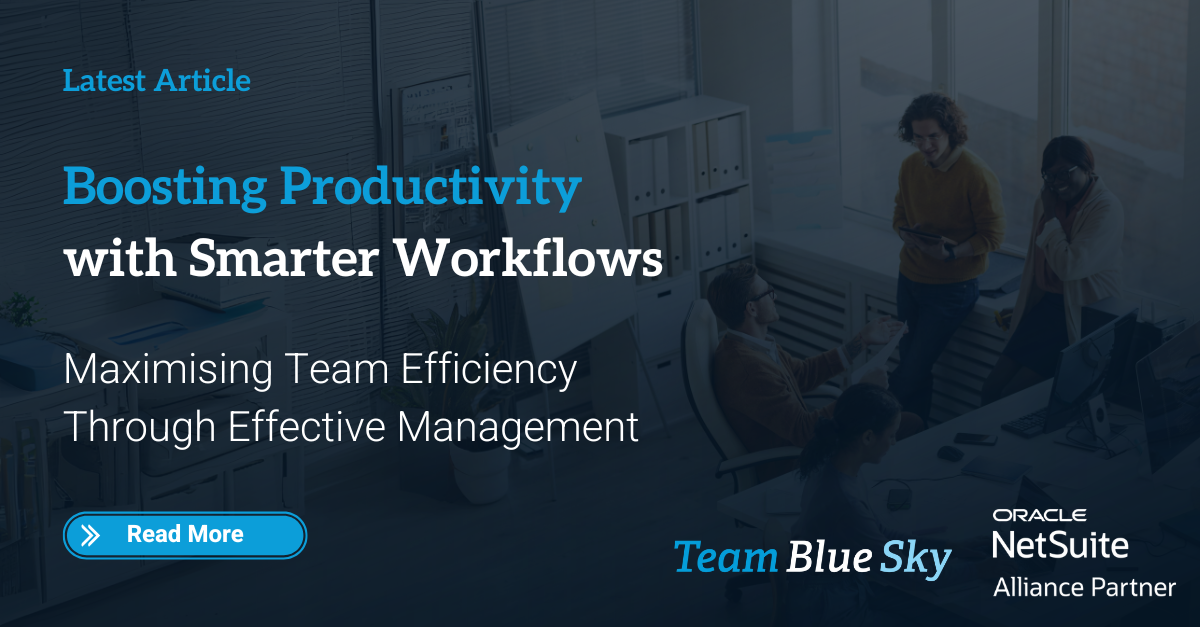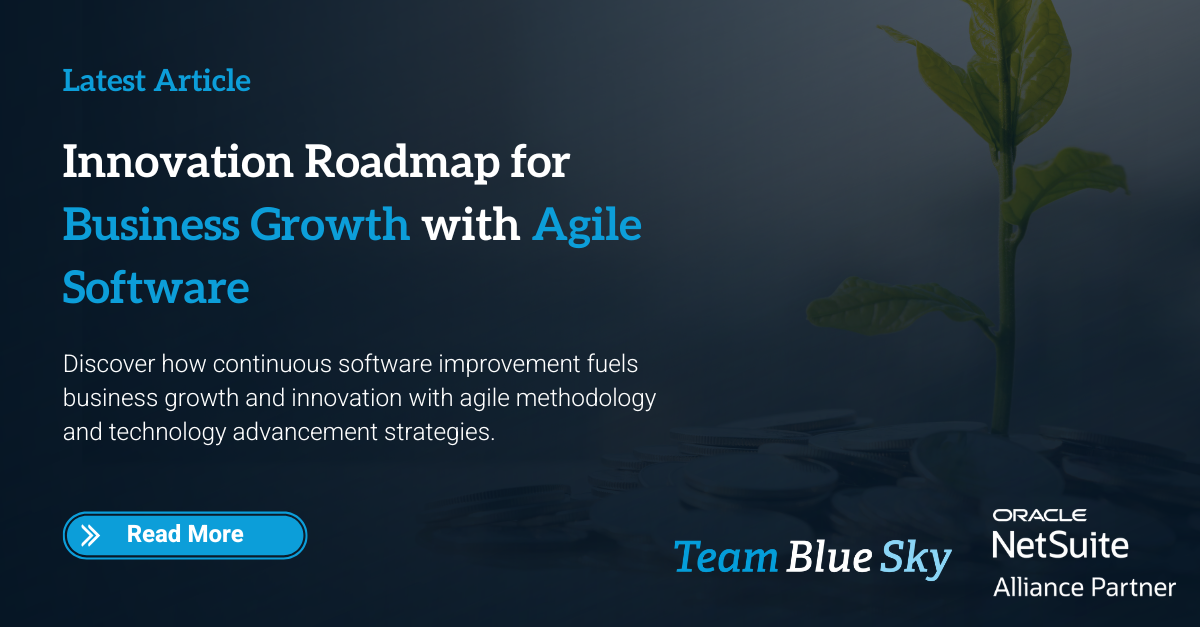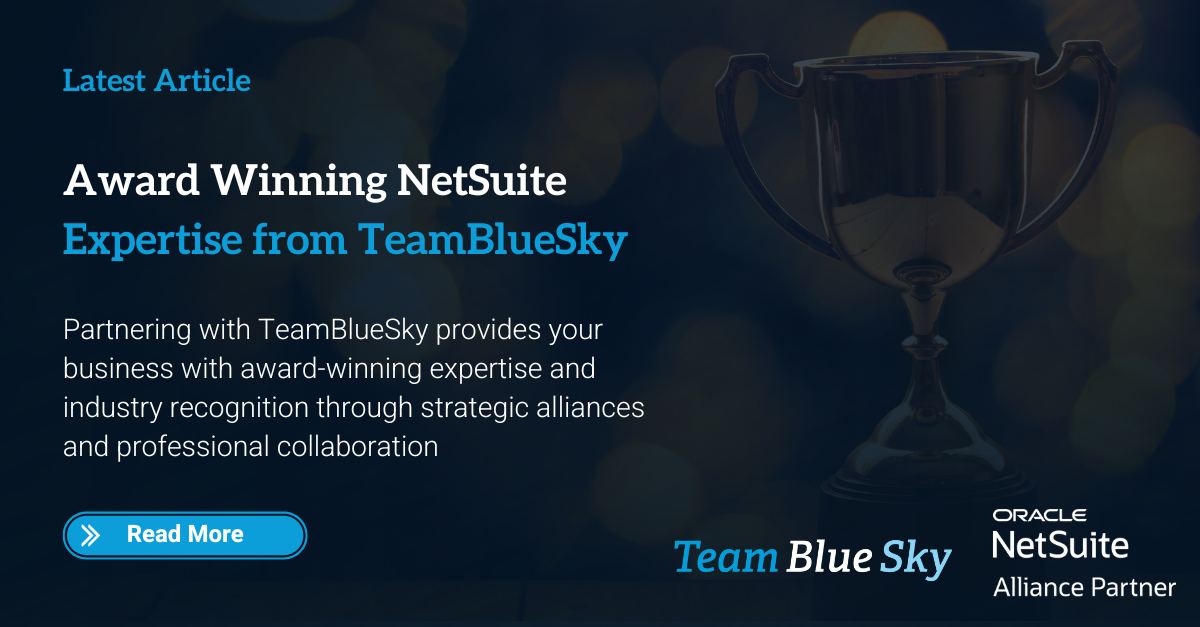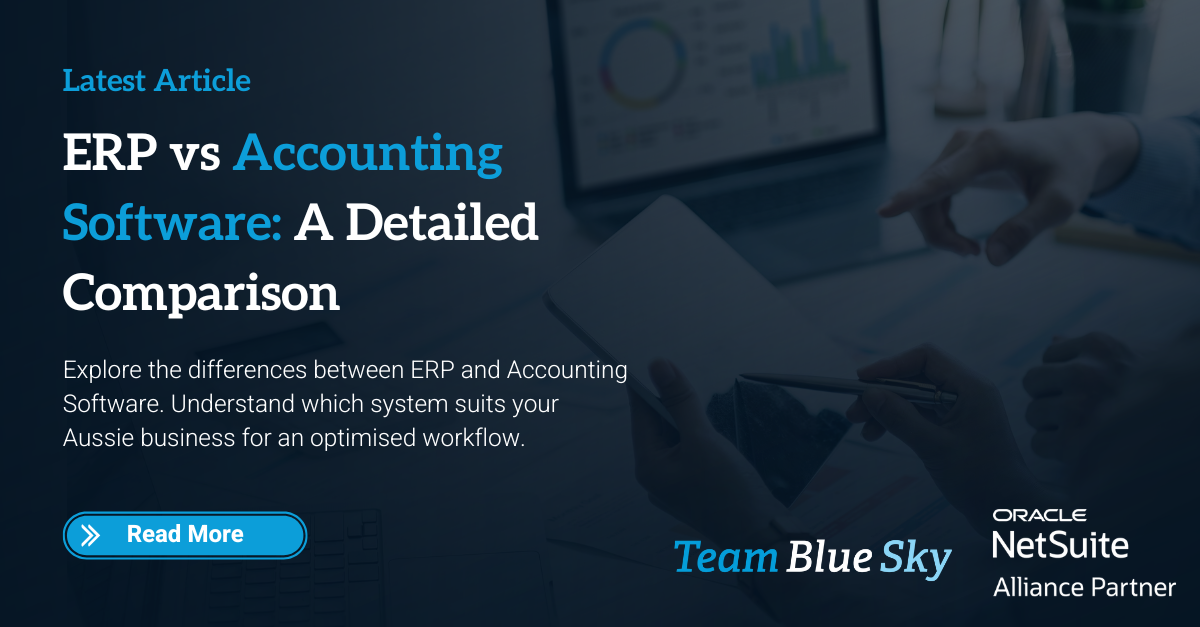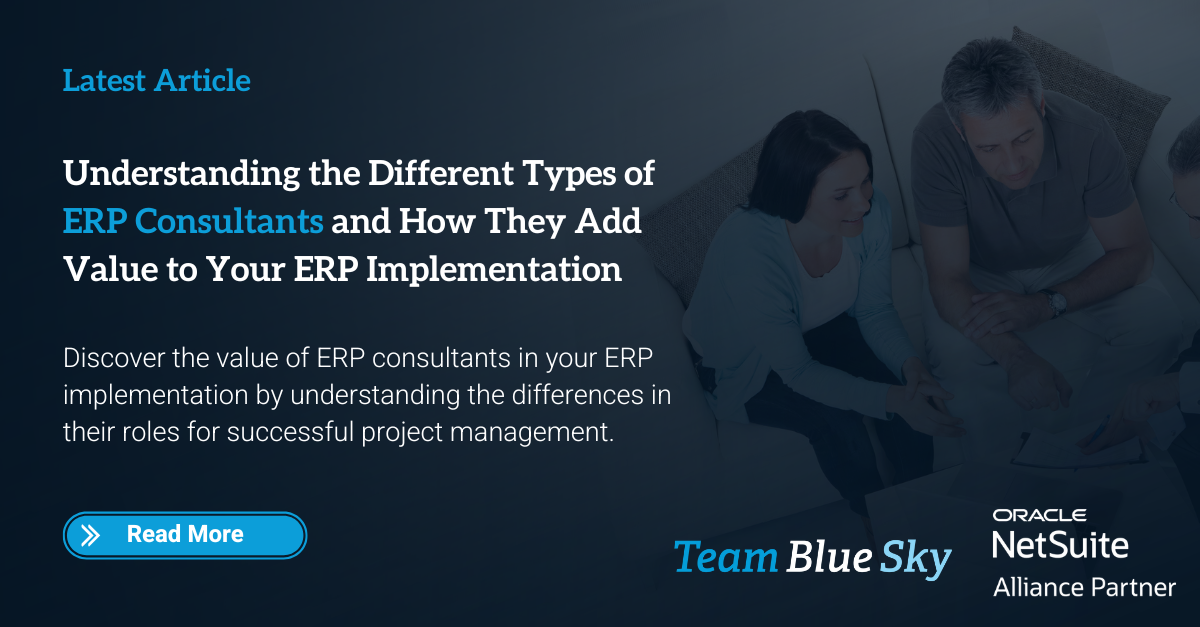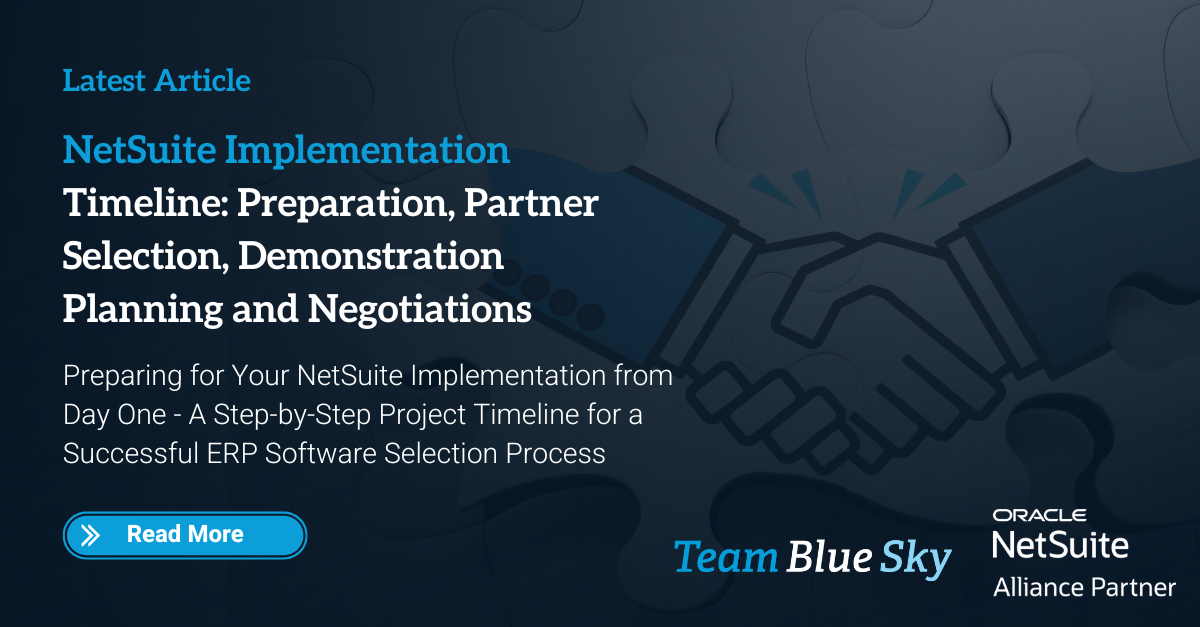EOFY Payroll Preparation and the Critical Tasks to Ensure Compliance
As the end of the financial year (EOFY) approaches, businesses face the critical task of ensuring their payroll processes are accurate, compliant, and efficient. This period can be particularly challenging, given the myriad of regulations, deadlines, and financial reconciliations that must be managed. To navigate these complexities, leveraging robust payroll systems like ZonePayroll and NetSuite can be a game-changer. This article serves as a comprehensive guide to help you streamline your EOFY payroll processes using these two powerful platforms.
Understanding EOFY Payroll Requirements
Before diving into the specifics of ZonePayroll and NetSuite, it's essential to grasp the fundamental requirements of EOFY payroll. Compliance and regulatory obligations are paramount. This includes ensuring all employee taxes are accurately reported to the relevant authorities, verifying that all superannuation payments are up-to-date and correctly allocated, and reviewing and reconciling leave balances, bonuses, and other entitlements.
Meeting key deadlines is also crucial. Important dates to keep in mind are lodgment dates for submitting payroll information to tax authorities, deadlines for providing employees with their payment summaries or income statements, and final dates for reconciling payroll accounts and making necessary adjustments.
Common challenges faced during EOFY include ensuring data accuracy, seamlessly integrating payroll data with other financial systems, and efficiently managing time and resources to meet the increased demands of this period.
EOFY Payroll Preparation Guide for Australian Companies
The end of the financial year (EOFY) is a crucial time for Australian businesses, particularly for their payroll departments. Ensuring that all payroll processes are accurate, compliant, and up-to-date is essential to avoid potential penalties and to start the new financial year on the right foot. This article will outline the key tasks, steps, and processes that need to be checked and balanced to effectively prepare for EOFY in the payroll department.
Review and Reconcile Payroll Data
The first step in preparing for EOFY is to thoroughly review and reconcile all payroll data. This includes:
Employee Information
Verifying employee details is a crucial step in preparing for EOFY. Ensure that all employee names are spelled correctly and match their legal identification documents. Confirm that addresses are current and complete, as this information is necessary for issuing payment summaries and other important documents. Verify that each employee's Tax File Number (TFN) is accurately recorded, as this is essential for reporting to the ATO and ensuring that the correct amount of tax is withheld from their pay. Lastly, check that each employee's superannuation fund details, including the fund name, USI (Unique Superannuation Identifier), and member account number, are up-to-date to ensure that superannuation contributions are allocated correctly.
Payroll Transactions
Reviewing payroll transactions is essential to ensure the accuracy and completeness of payroll records for the financial year. This involves verifying that all payroll transactions, including regular pay runs, ad-hoc payments, and manual adjustments, have been correctly entered and allocated to the appropriate accounts in the general ledger. Cross-check the total wages, taxes, and superannuation contributions against the payroll reports to identify any discrepancies. Ensure that all transactions are properly authorised and supported by relevant documentation, such as timesheets, contracts, and approval forms. Thoroughly reviewing payroll transactions will help prevent errors, detect potential fraud, and ensure compliance with accounting standards.
Leave Balances
Checking and reconciling employee leave balances is an important task in preparing for EOFY. Verify that all leave taken during the financial year, including annual leave, sick leave, and long service leave, has been accurately recorded in the payroll system. Compare the leave balances in the payroll system against employee records and address any discrepancies. Ensure that leave accruals and entitlements are calculated correctly based on the relevant awards, agreements, or contracts. Reconciling leave balances helps ensure that employees are paid correctly for their leave entitlements, prevents disputes, and enables accurate reporting of leave liabilities in the company's financial statements.
Allowances and Deductions
Verifying allowances and deductions is another key aspect of EOFY payroll preparation. Review all allowances paid to employees during the financial year, such as overtime, travel, meals, and tool allowances, to ensure they are accurately calculated and recorded in the payroll system. Confirm that the appropriate tax treatment has been applied to each allowance, as some allowances may be subject to fringe benefits tax (FBT) or have specific reporting requirements. Similarly, review all deductions from employee pay, including salary sacrifices, workplace giving, child support, and other voluntary or mandated deductions. Verify that these deductions are accurately calculated, properly authorised, and allocated to the correct accounts. Ensuring the accuracy of allowances and deductions is essential for compliance with tax laws and employee agreements.
Correcting Errors
When errors are discovered in employee information, payroll transactions, leave balances, allowances, or deductions, it is crucial to correct them promptly. This may involve updating employee records with accurate information, such as correcting a misspelt name or updating an address. For errors in payroll transactions, such as incorrect pay rates or missing hours, payroll teams must recalculate the affected pay periods and process the necessary adjustments. Similarly, errors in leave balances, allowances, or deductions must be rectified to ensure that employees are paid correctly and that the company's financial records are accurate. It is essential to document all corrections made and to inform the affected employees and relevant stakeholders, such as managers or HR personnel, of the changes to maintain transparency and avoid confusion.
Making Adjustments
In some cases, correcting errors may require processing adjustments to employee pay. This can include making back payments to employees who were underpaid or recovering overpayments from employees who were paid too much. When making back payments, it is important to calculate the correct amount owed, considering any applicable taxes, superannuation contributions, and other factors. Overpayment recoveries should be handled sensitively and in accordance with legal requirements and company policies. Payroll teams should work with HR and legal departments to develop a fair and compliant process for recovering overpayments, which may involve setting up a repayment plan or making deductions from future pay. All adjustments must be clearly documented and reflected in the payroll records to maintain accurate financial reporting.
Updating Systems
After correcting errors and processing adjustments, it is crucial to update the payroll software or systems with the corrected information. This ensures that the payroll records are accurate and up-to-date, preventing future errors and inconsistencies. Payroll teams should review and update employee information, pay rates, leave balances, and other relevant data in the system to reflect the corrections made. It is also important to test the system after making updates to ensure that the changes have been applied correctly and that the payroll processes are functioning as intended. Regularly updating and maintaining payroll systems helps to streamline processes, reduce the risk of errors, and ensure compliance with regulatory requirements. Addressing payroll discrepancies and errors requires a systematic and proactive approach. Payroll teams must be vigilant in identifying issues, thorough in investigating and rectifying errors, and diligent in updating systems and records.
Finalise Payroll Reporting and Compliance
Once payroll data has been thoroughly reviewed and reconciled, the next critical step in the EOFY process is to finalise all payroll reporting and compliance requirements. This involves preparing and submitting various reports and statements to the relevant government agencies and providing employees with their payment summaries. Payroll teams must be well-versed in the specific reporting and compliance obligations to ensure timely and accurate completion.
PAYG Withholding
Preparing and lodging the PAYG (Pay As You Go) withholding annual report is a key compliance requirement for Australian employers. This report summarises the total amounts withheld from employee pay during the financial year for income tax purposes. Payroll teams must ensure that the report is accurate and complete, reconciling the amounts reported with the payroll records and addressing any discrepancies. The PAYG withholding annual report must be lodged with the Australian Taxation Office (ATO) by the due date, which is typically 14 July for most employers. Late lodgment or inaccurate reporting can result in penalties, so it is crucial to prioritise this task and allow sufficient time for preparation and review.
Payment Summaries
Issuing payment summaries (also known as group certificates) to employees is another important EOFY obligation. Payment summaries provide employees with a record of their earnings, taxes withheld, and superannuation contributions for the financial year. Payroll teams must generate payment summaries for all employees, ensuring that the information is accurate and aligns with the payroll records. Payment summaries must be issued to employees by the due date, usually 14 July, to allow them to complete their individual tax returns. Alternatively, for employers using Single Touch Payroll (STP), payment summary information can be made available to employees through the ATO's online services, eliminating the need for physical payment summaries. Payroll teams must communicate the availability of payment summary information to employees and provide guidance on accessing and using the online services.
STP Finalisation
For employers using Single Touch Payroll (STP), finalising payroll information through the STP reporting system is a crucial EOFY step. STP allows employers to report payroll information, including salaries, wages, PAYG withholding, and superannuation contributions, to the ATO in real-time or near real-time. At the end of the financial year, payroll teams must finalise the STP data, ensuring that all payroll information for the year is accurate, complete, and reconciled with the payroll records. The STP finalisation process typically involves making any necessary adjustments, addressing errors, and submitting a finalisation declaration to the ATO. The due date for STP finalisation is usually 14 July for most employers, aligning with the payment summary deadline. Payroll teams must ensure timely and accurate STP finalisation to meet compliance requirements and avoid penalties.
Superannuation Reporting
Completing and lodging the Superannuation Guarantee Charge Statement is necessary for employers who have outstanding superannuation contributions for the financial year. The Superannuation Guarantee Charge (SGC) is a penalty imposed on employers who fail to make the required superannuation contributions for their eligible employees. If an employer has not met their superannuation obligations, they must calculate the SGC, prepare the SGC statement, and lodge it with the ATO. The SGC statement details the outstanding contributions, interest charges, and administration fees. Payroll teams must ensure that the SGC statement is accurate, complete, and lodged by the due date to avoid further penalties and interest charges. Proactively monitoring and managing superannuation contributions throughout the year can help prevent the need for SGC reporting.
Payroll Tax
Reviewing payroll tax obligations is another important EOFY consideration for Australian employers. Payroll tax is a state and territory-based tax imposed on employers who exceed a certain payroll threshold. Payroll teams must review their payroll records for the financial year to determine if they are liable for payroll tax in each relevant jurisdiction. If payroll tax obligations exist, employers must prepare and lodge the necessary payroll tax returns with the respective state or territory revenue offices. Payroll teams must ensure that the returns are accurate, complete, and lodged by the due dates, which may vary depending on the jurisdiction. Timely payment of any payroll tax liabilities is also crucial to avoid penalties and interest charges. Regularly monitoring payroll tax thresholds and keeping accurate records throughout the year can help streamline the EOFY payroll tax review process.
Best Practices for EOFY Payroll Management
To ensure a smooth EOFY payroll process, adopting best practices is crucial. Pre-EOFY preparation should include conducting a thorough review of all payroll data to verify employee information, check for discrepancies, and ensure that all records are up-to-date. Keeping payroll systems current with the latest software versions is essential to ensure that any new features, security patches, and compliance updates are in place. Training staff on EOFY procedures and system functionalities is also vital to ensure efficient handling of tasks and effective troubleshooting.
During the EOFY period, performing regular audits helps catch and correct errors early, preventing small issues from escalating. Maintaining open lines of communication with employees regarding their payroll information is important for managing expectations and reducing misunderstandings or disputes. Having contingency plans in place for unexpected issues, such as backup systems, additional staff on standby, or predefined procedures, can help mitigate risks.
After the EOFY period, finalising all reconciliations and addressing any discrepancies is crucial to ensure that payroll data aligns with financial records. Gathering feedback from staff about the EOFY process provides valuable insights for future improvements. Implementing lessons learned and continuously enhancing payroll management practices ensures that the payroll system remains efficient and compliant.
Are You Ready for Your Payroll EOFY?
Mastering EOFY payroll management requires meticulous planning, precise execution, and a deep understanding of the tools at your disposal. ZonePayroll and NetSuite offer robust solutions to streamline this process, each with unique features tailored to different business needs. The choice between these platforms depends on your specific requirements, considering factors such as user-friendliness, automation capabilities, financial integration, and global capabilities.
By adopting best practices and leveraging the strengths of your chosen payroll system, you can transform the EOFY period from a daunting task into a seamless operation. Preparation, continuous improvement, and effective use of technology are key to mastering EOFY payroll. If you have any questions or need further assistance with your EOFY payroll tasks, don't hesitate to reach out to TeamBlueSky for expert guidance and support.
If you have any questions or need further assistance with your EOFY payroll tasks, don't hesitate to reach out to
TeamBlueSky. Our experts are ready to help you navigate this critical period with confidence and ease. Contact us today to ensure your payroll processes are accurate, compliant, and efficient.

Henry Sack
General Manager

With over 12 years of experience as a NetSuite implementation consultant, Henry Sack leads TeamBlueSky’s team of NetSuite and accounting experts in his role of General Manager.
TeamBlueSky is a leading Australian
NetSuite Alliance Partner whose mission is to provide critical
NetSuite BPO and
Payroll services to NetSuite clients who are wanting to simplify their
back office processes and partner with a leading
NetSuite administration expert.
TeamBlueSky have also partnered with global Suite Developer Network partners to offer local solutioning, implementation and support services for global NetSuite SuiteApps.


